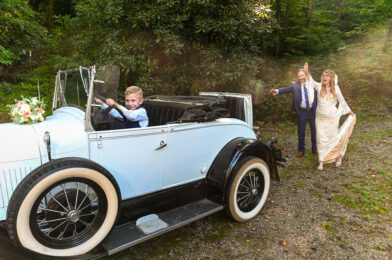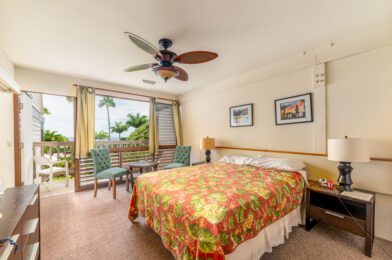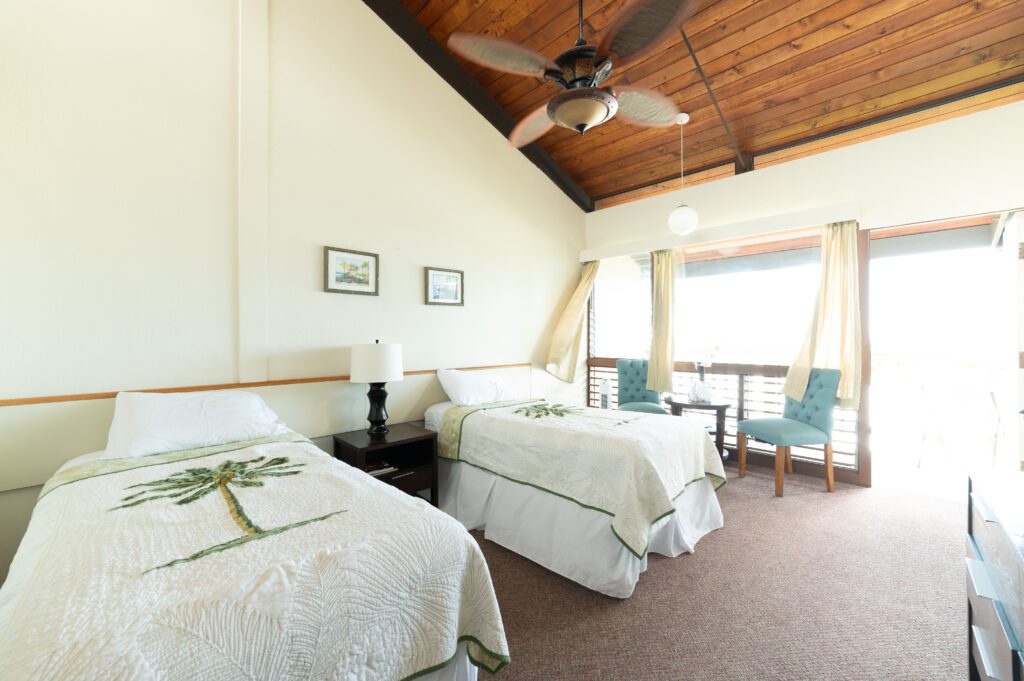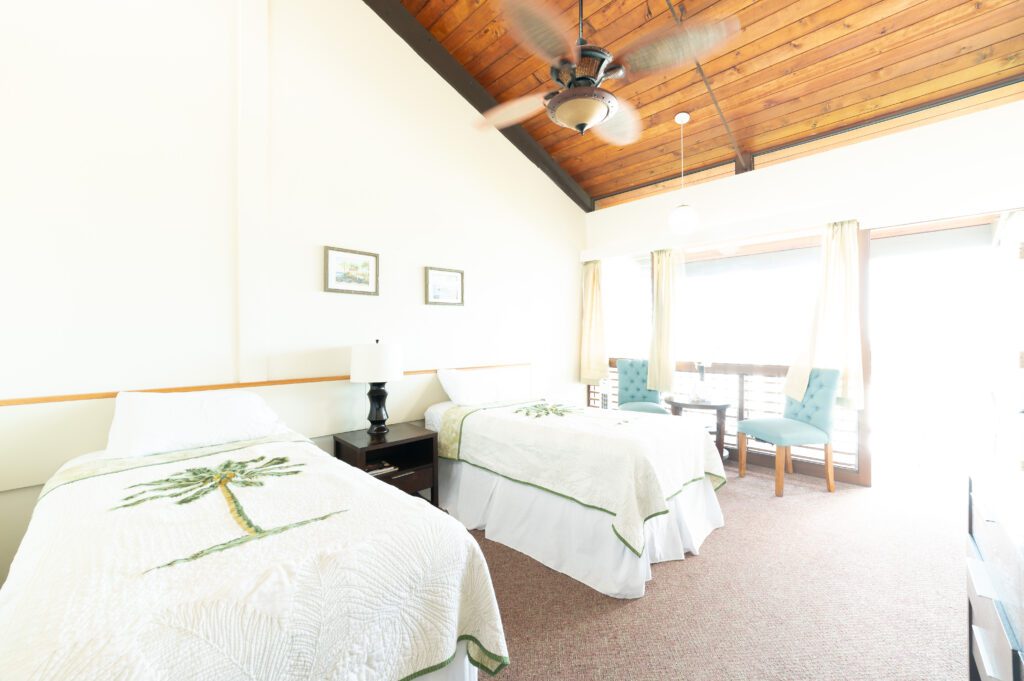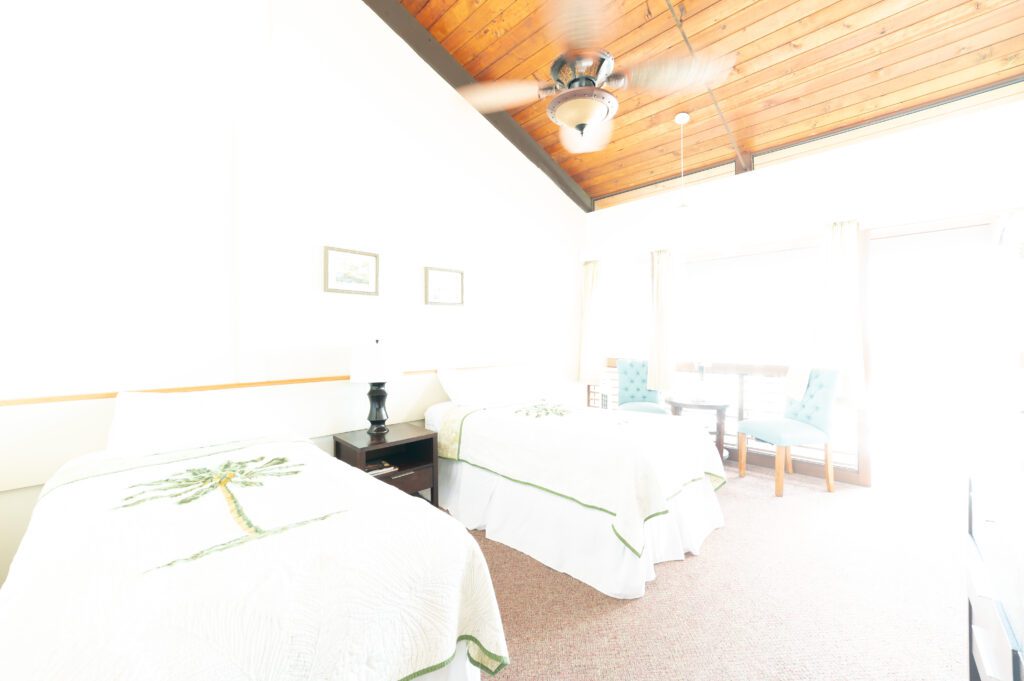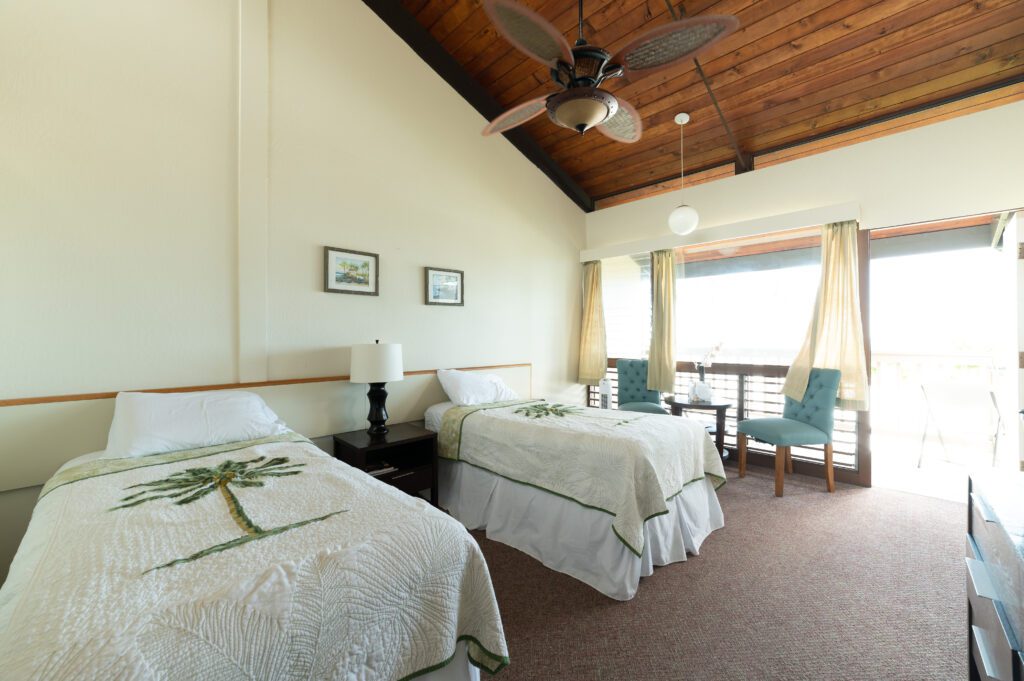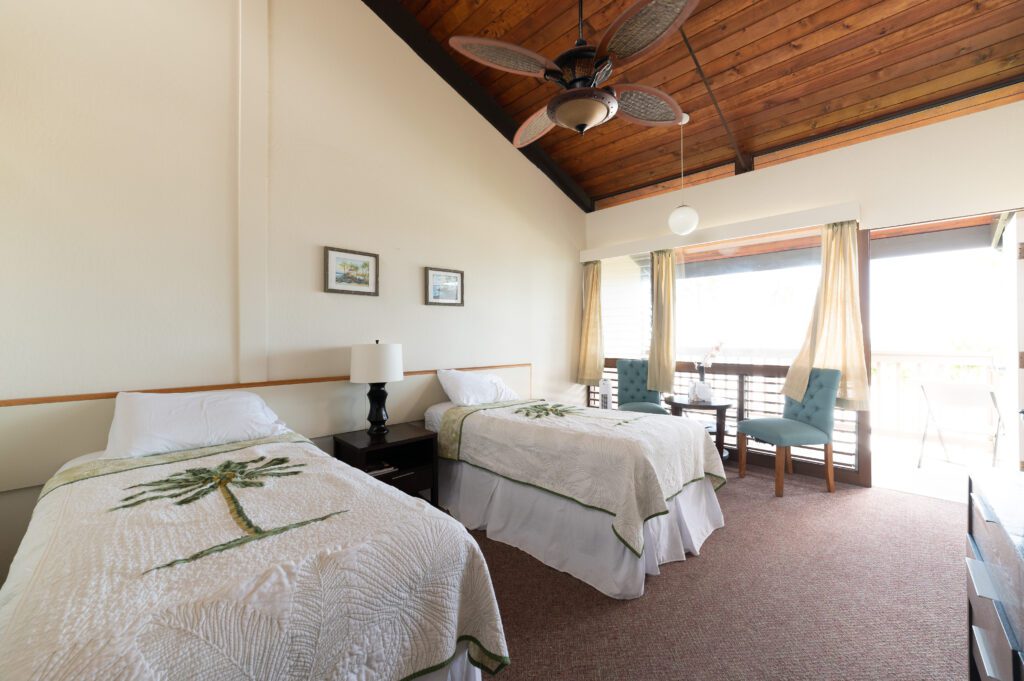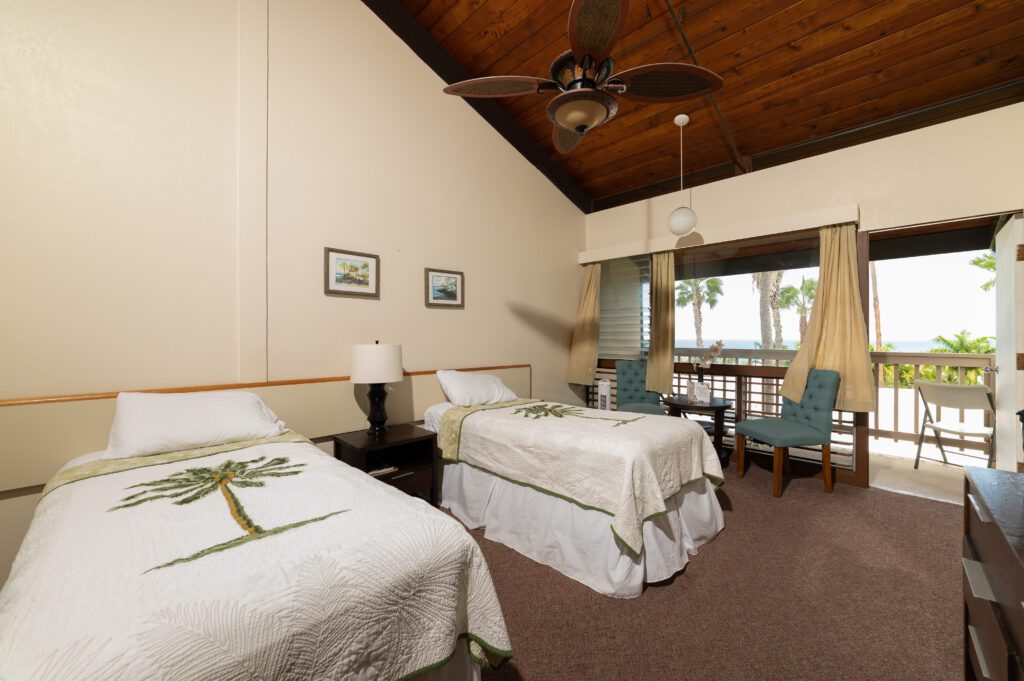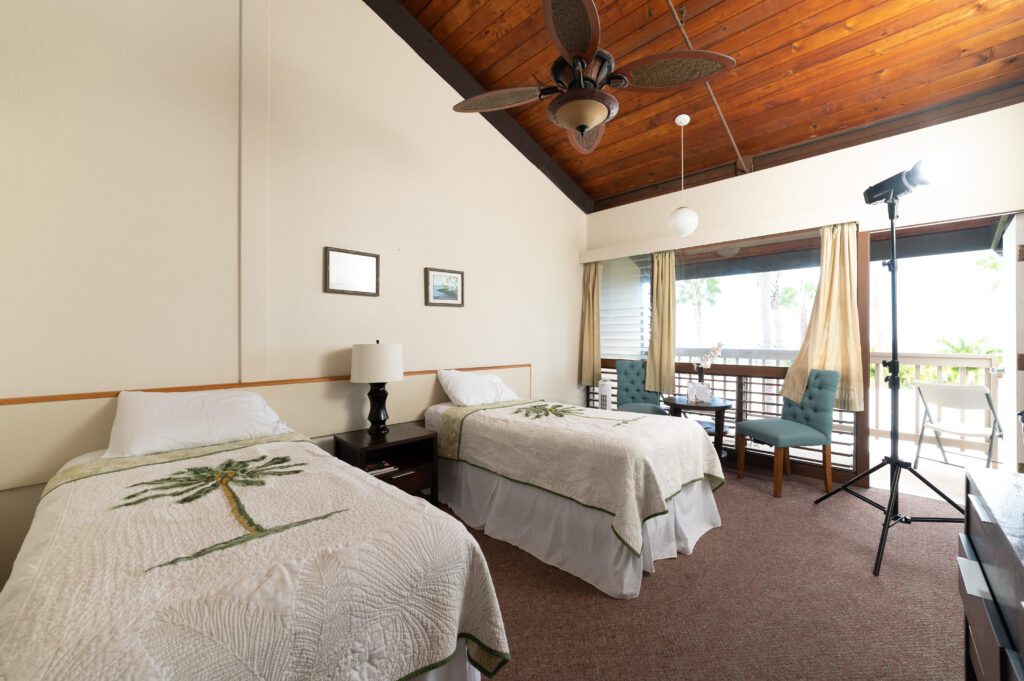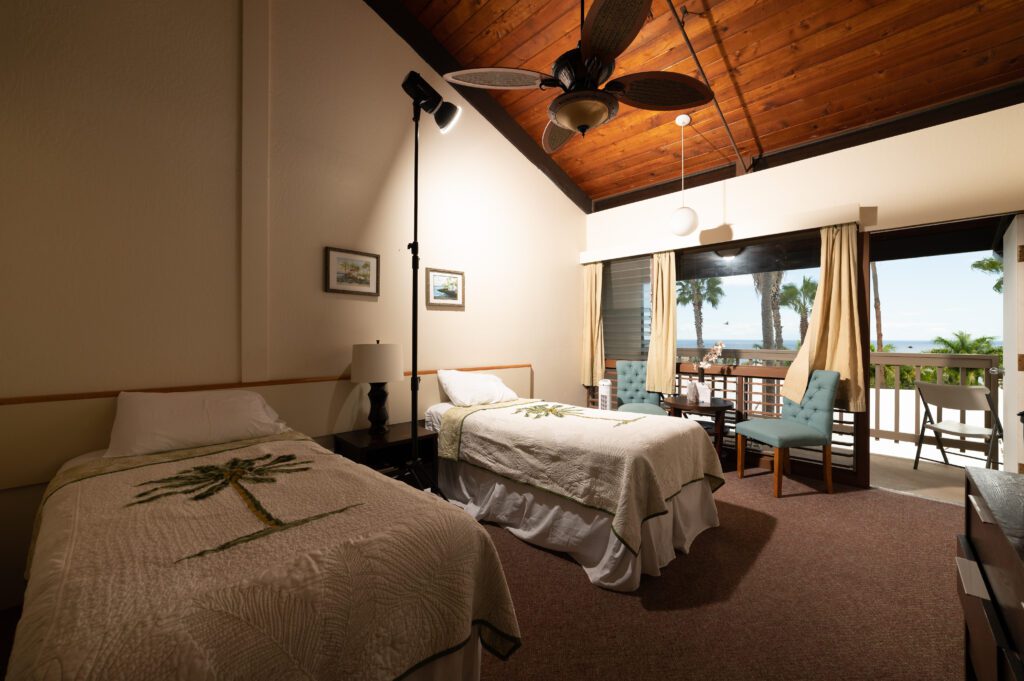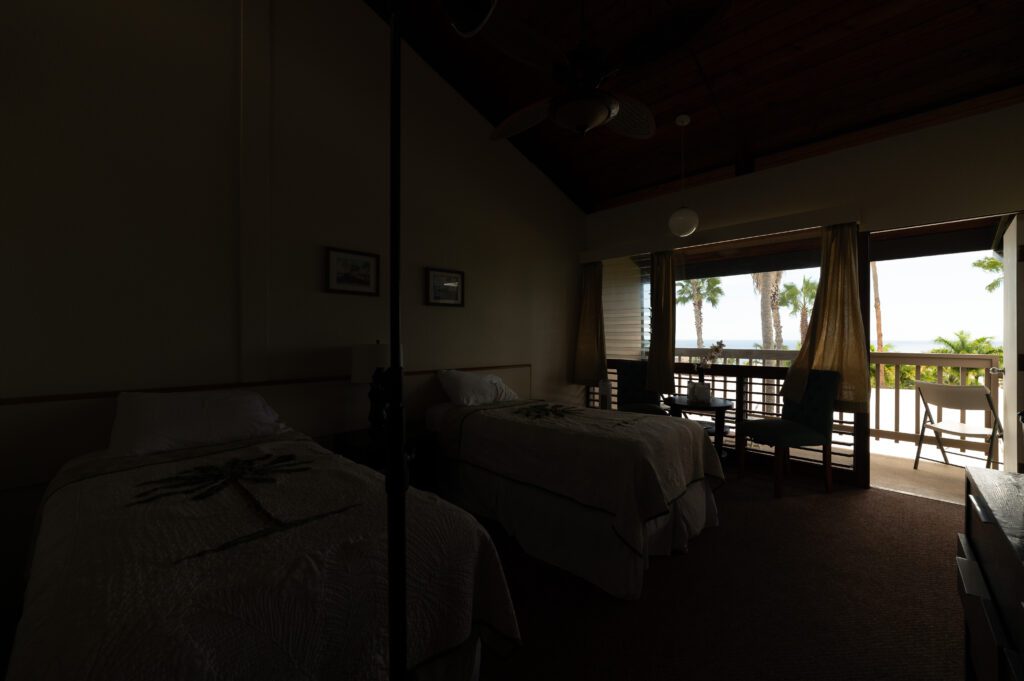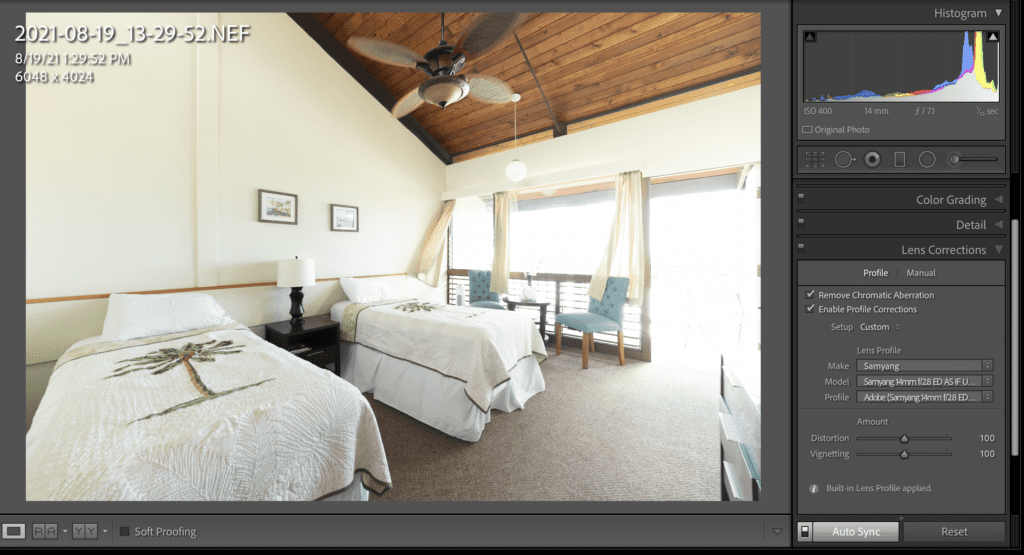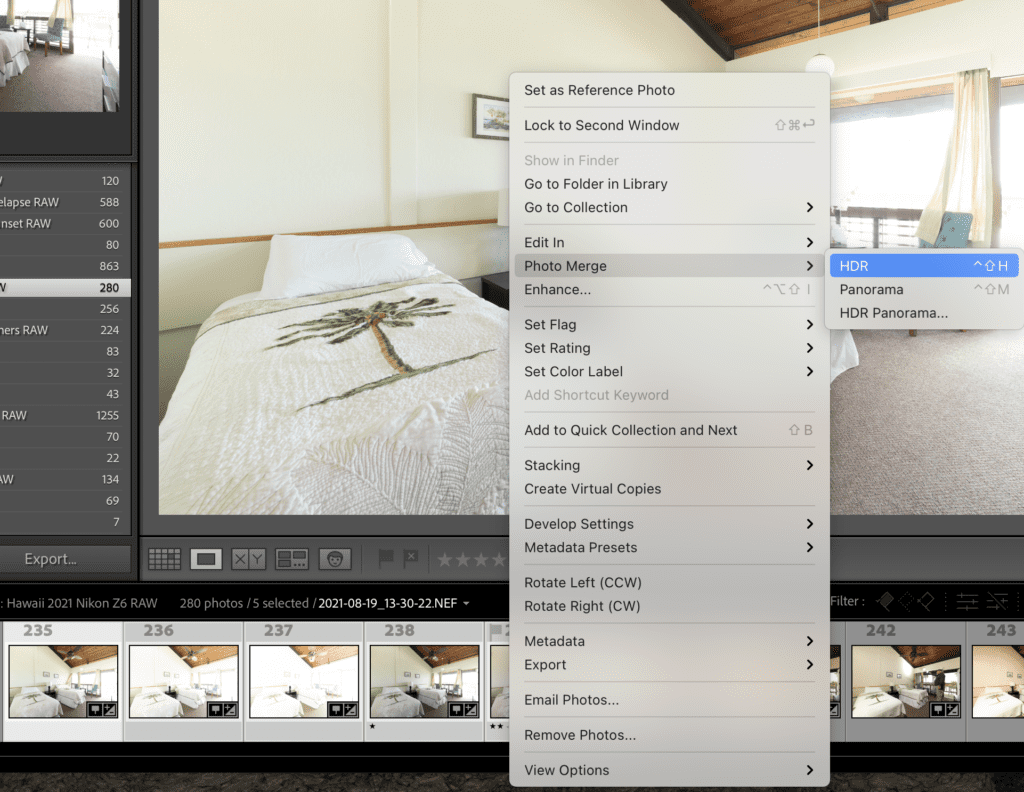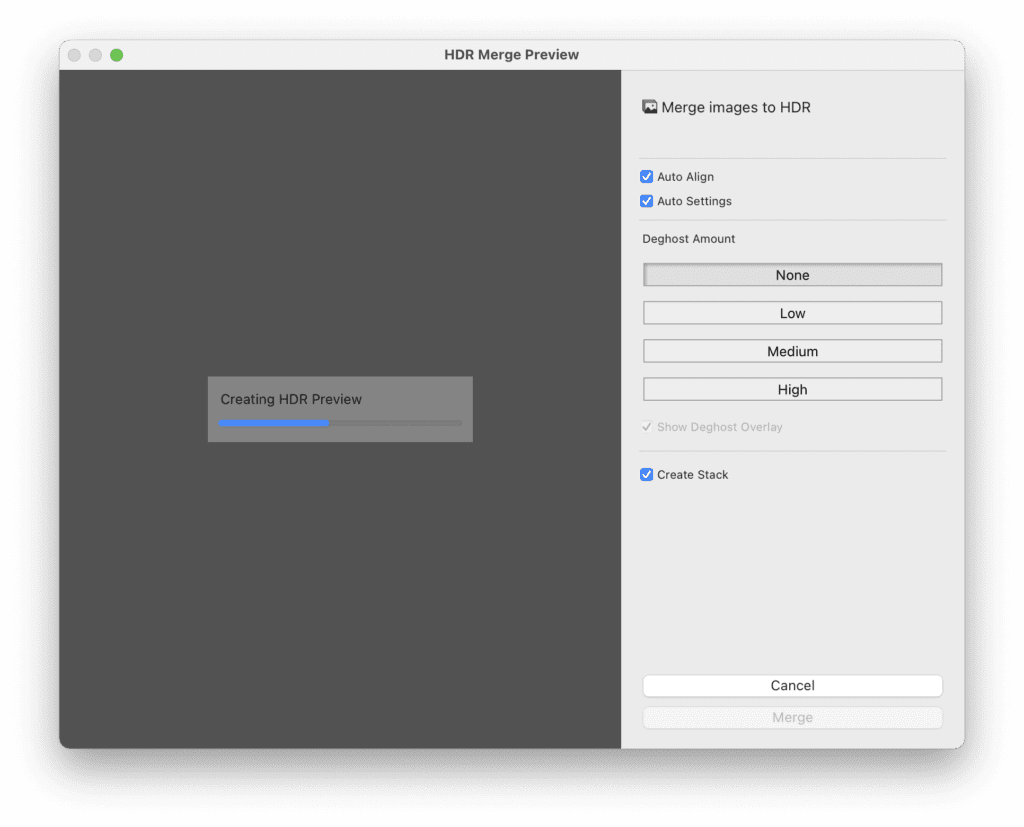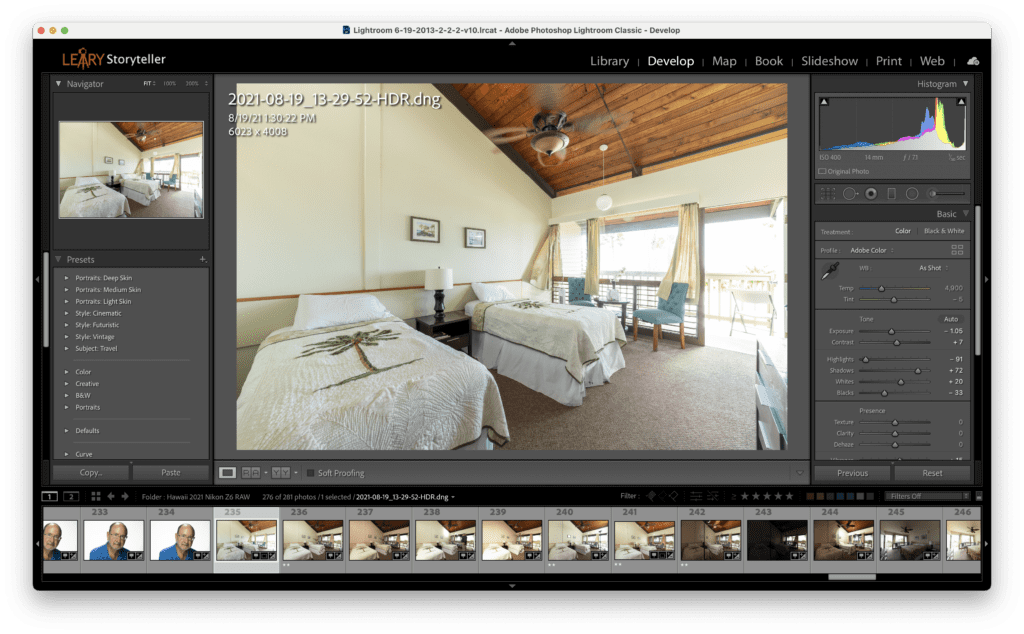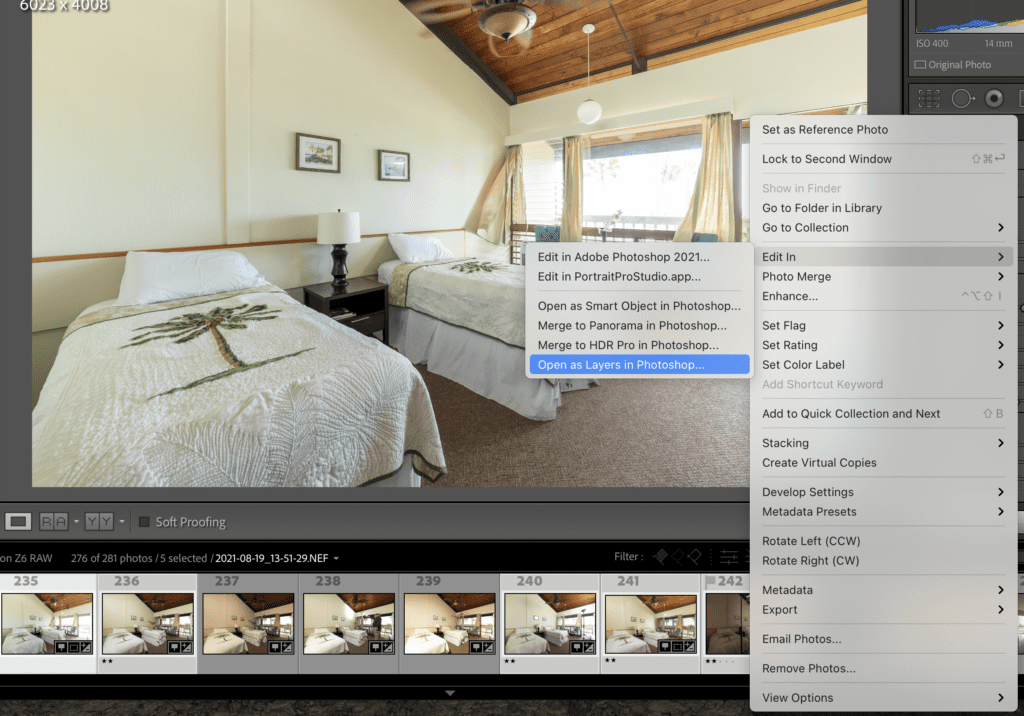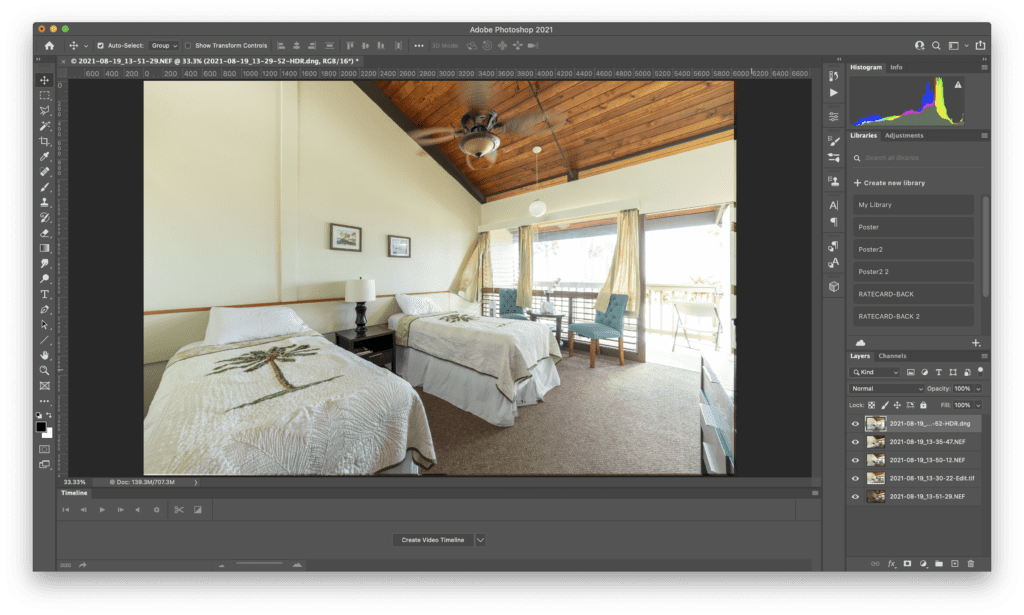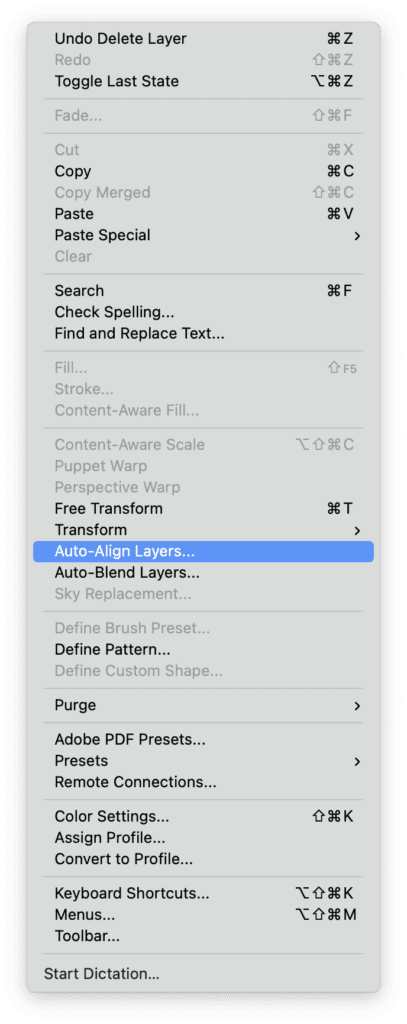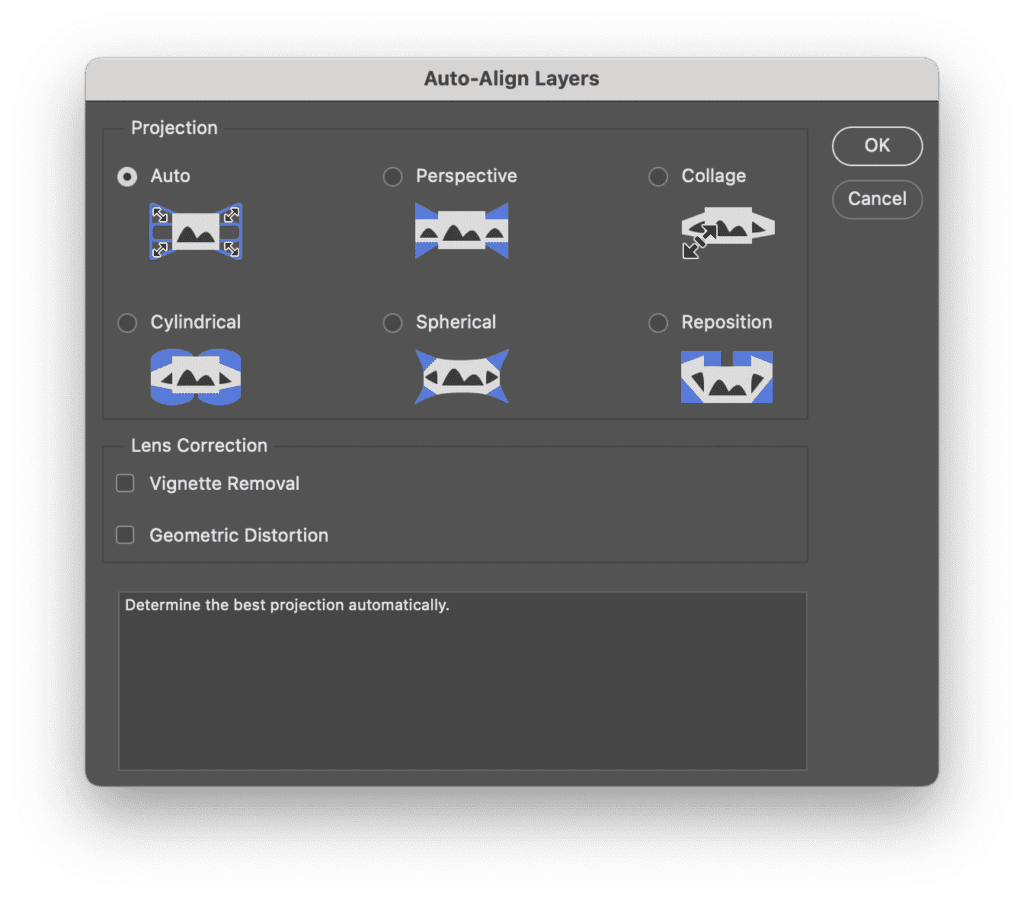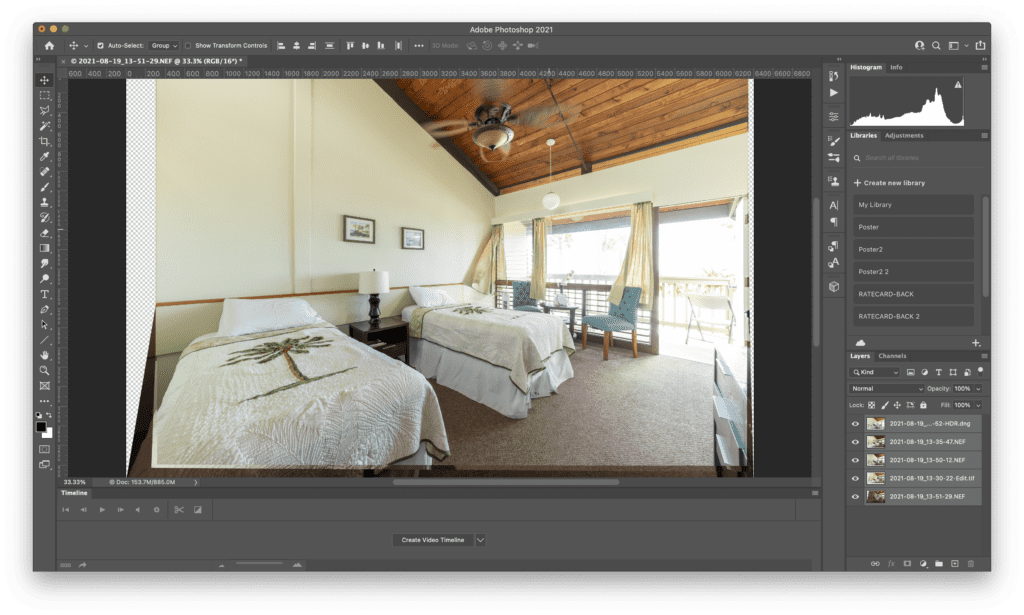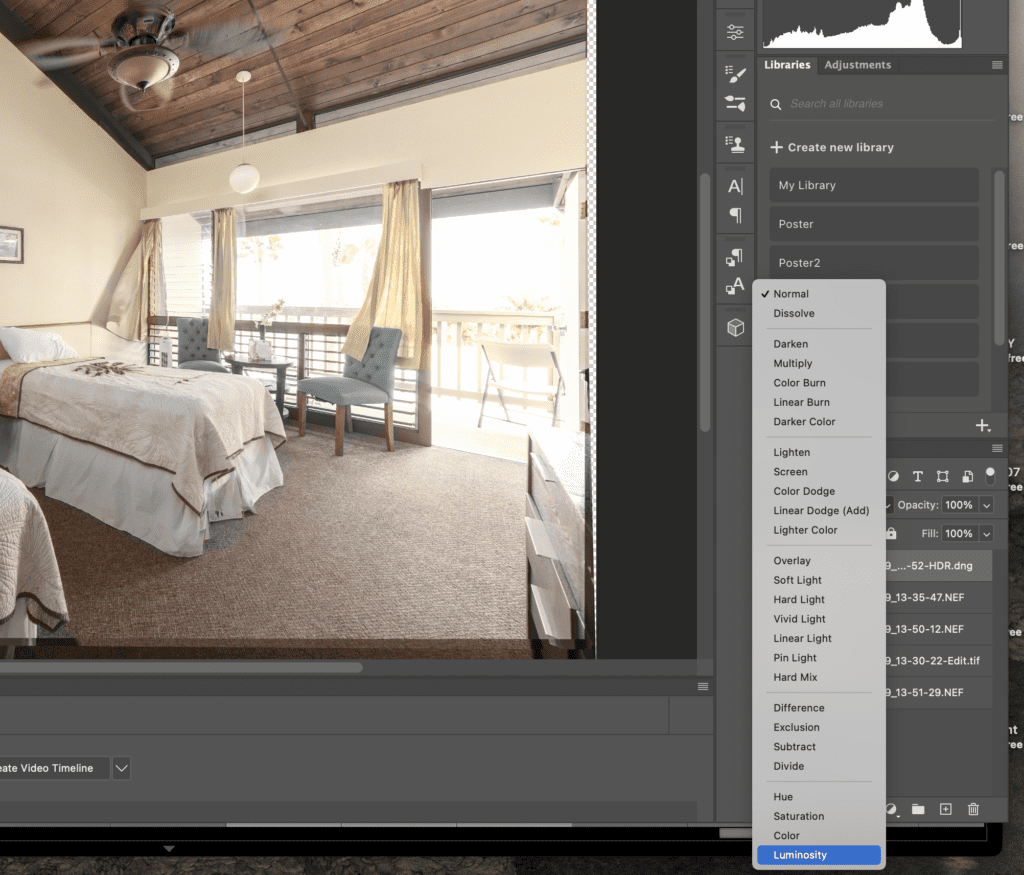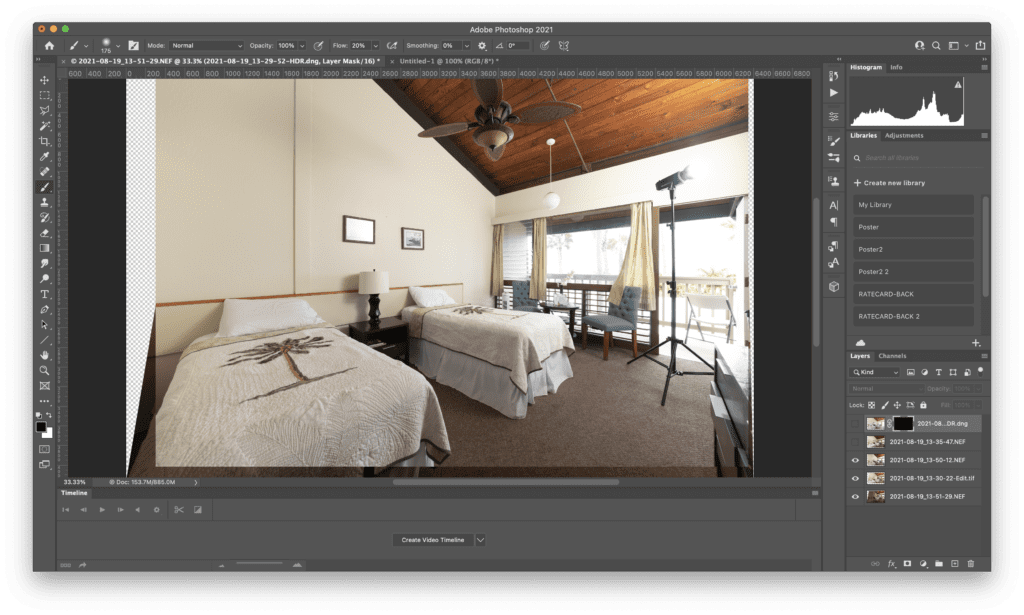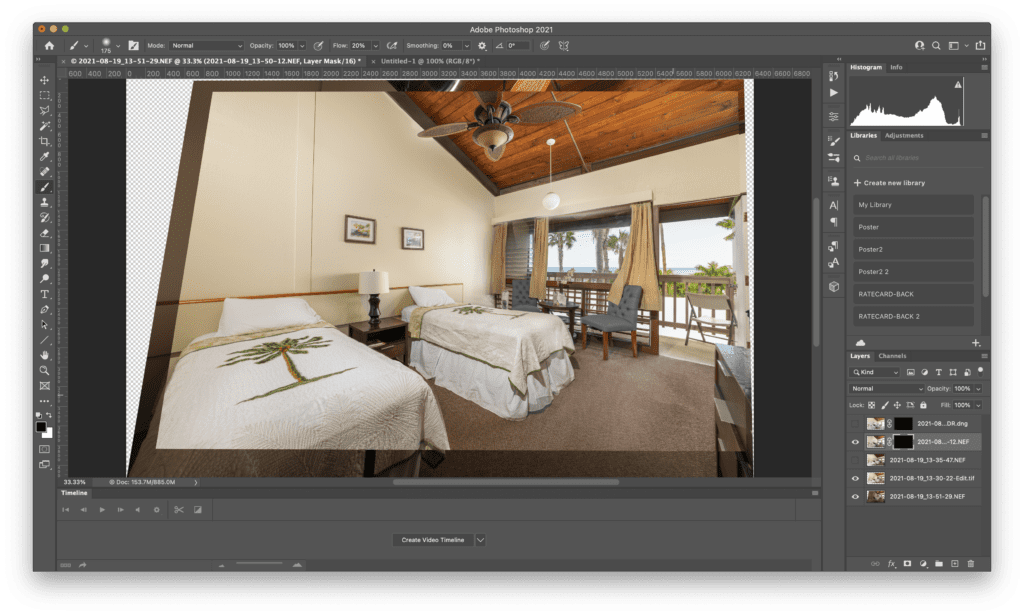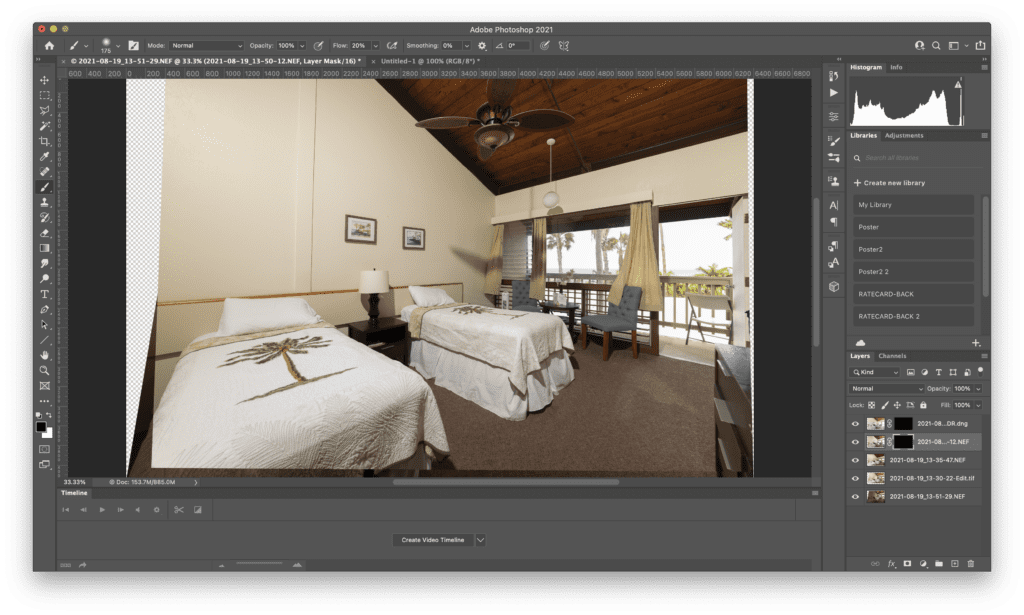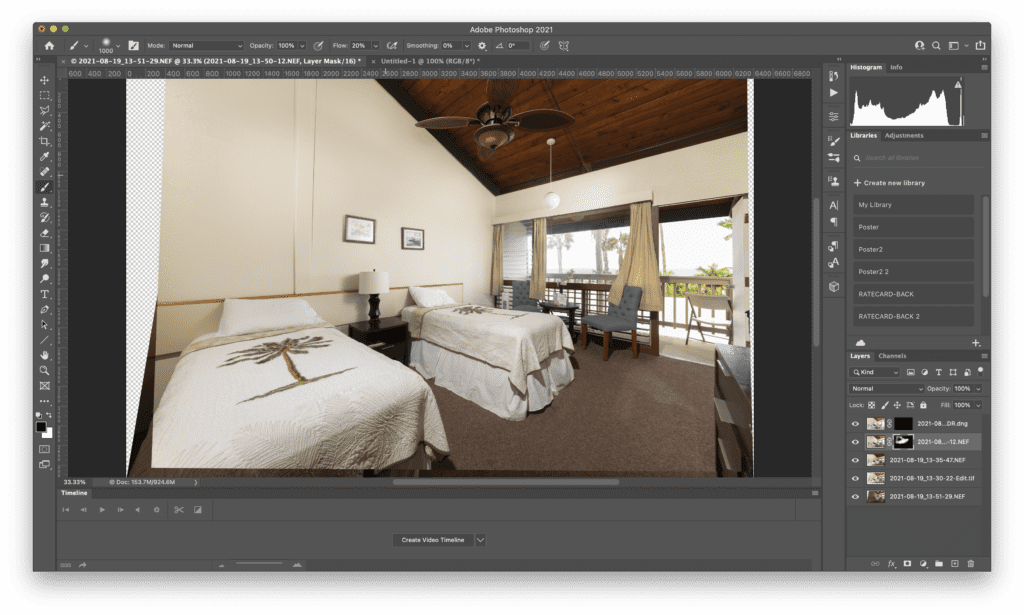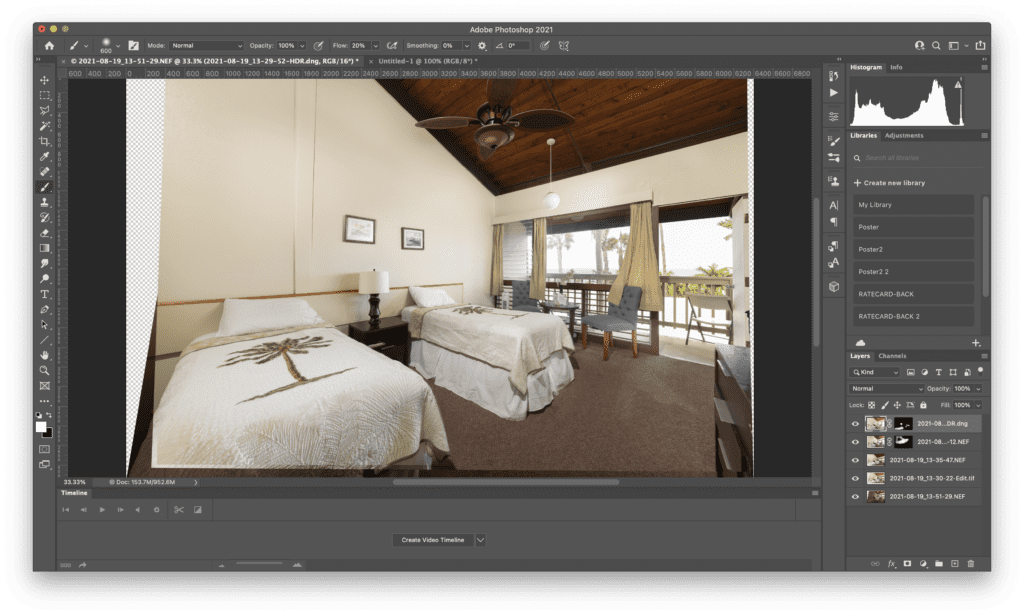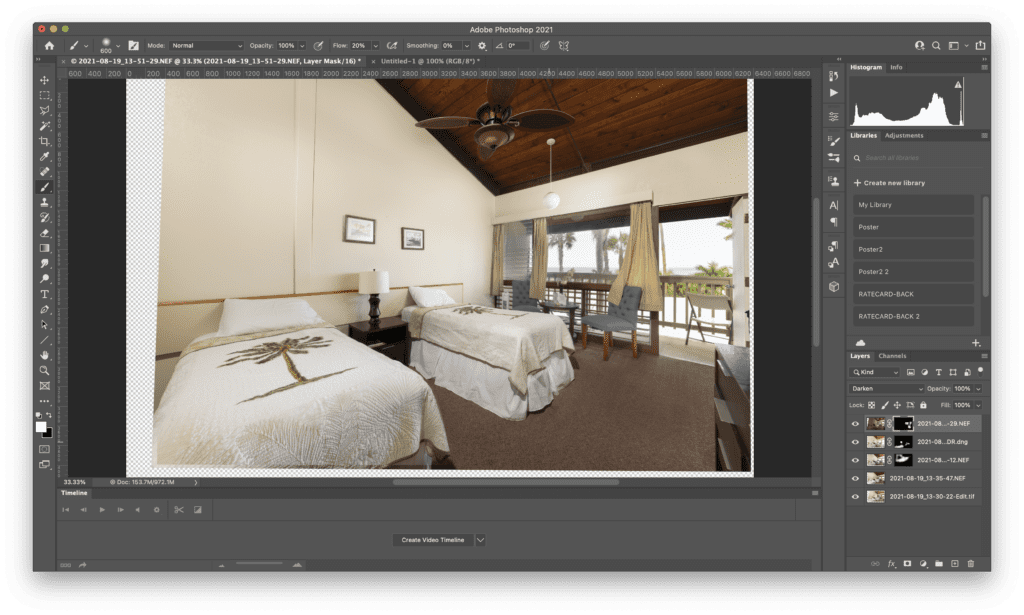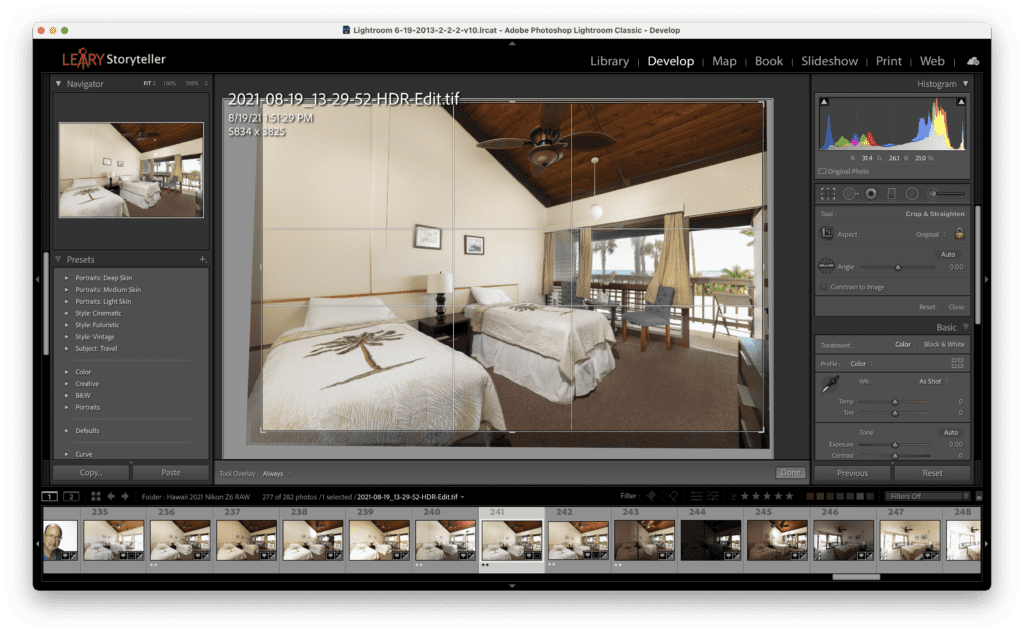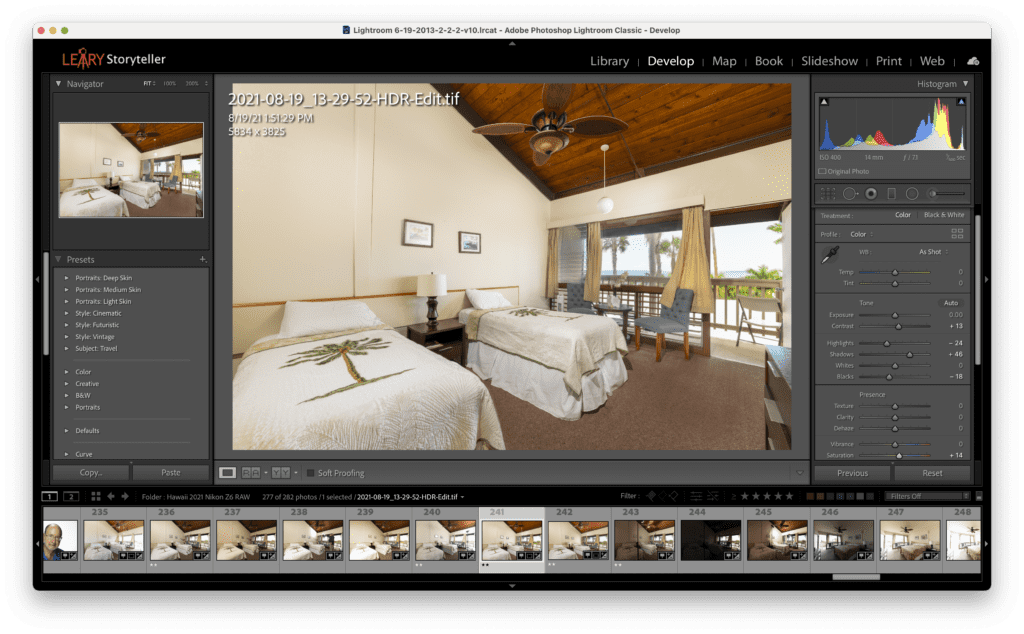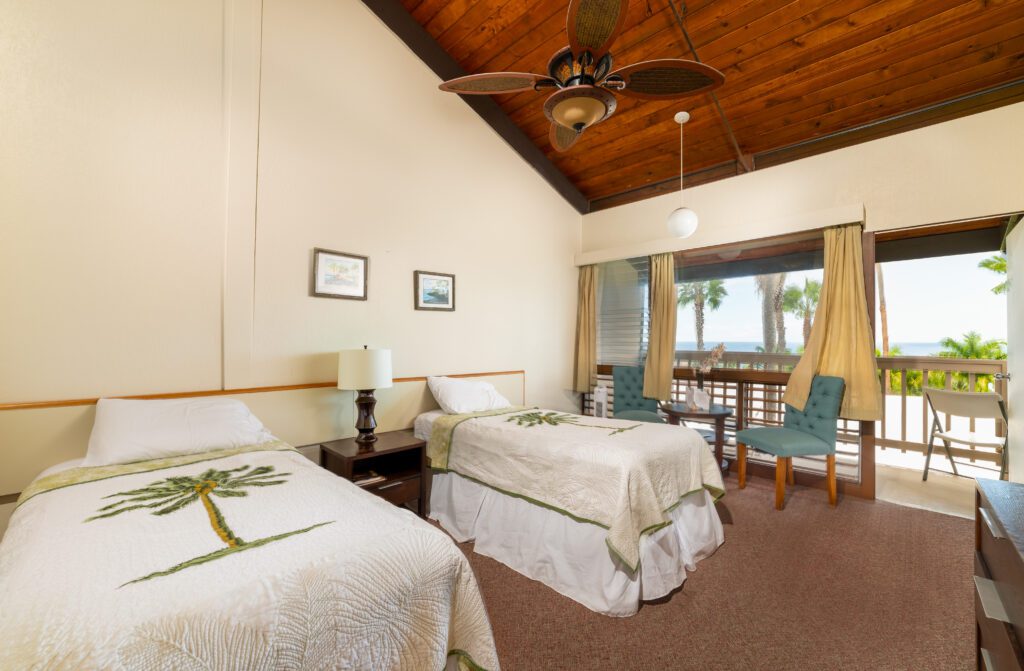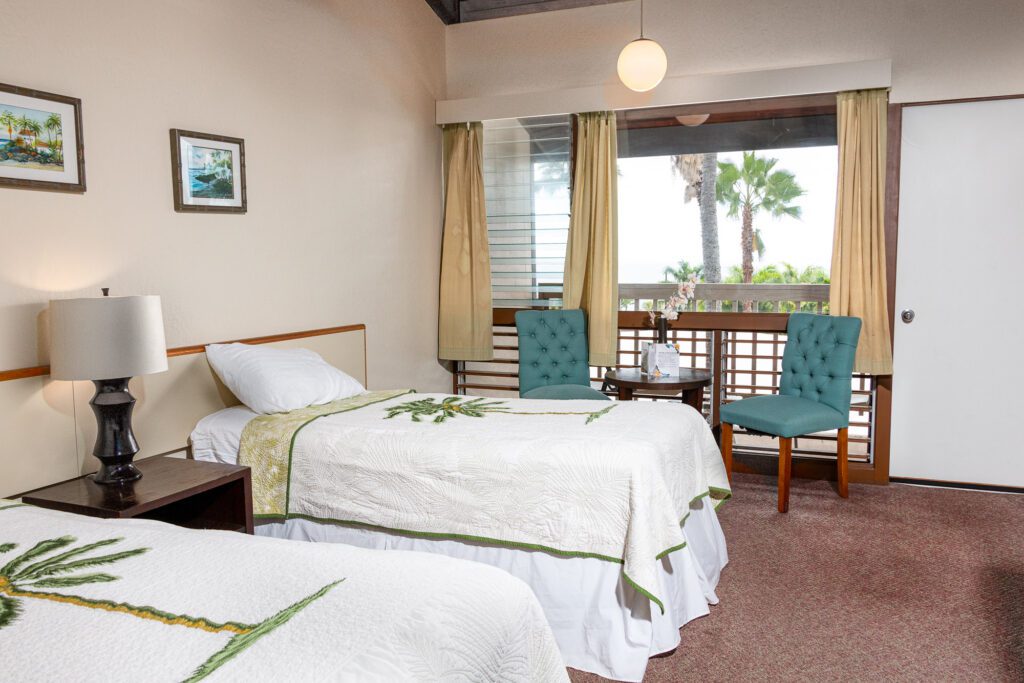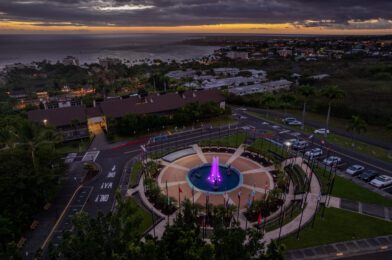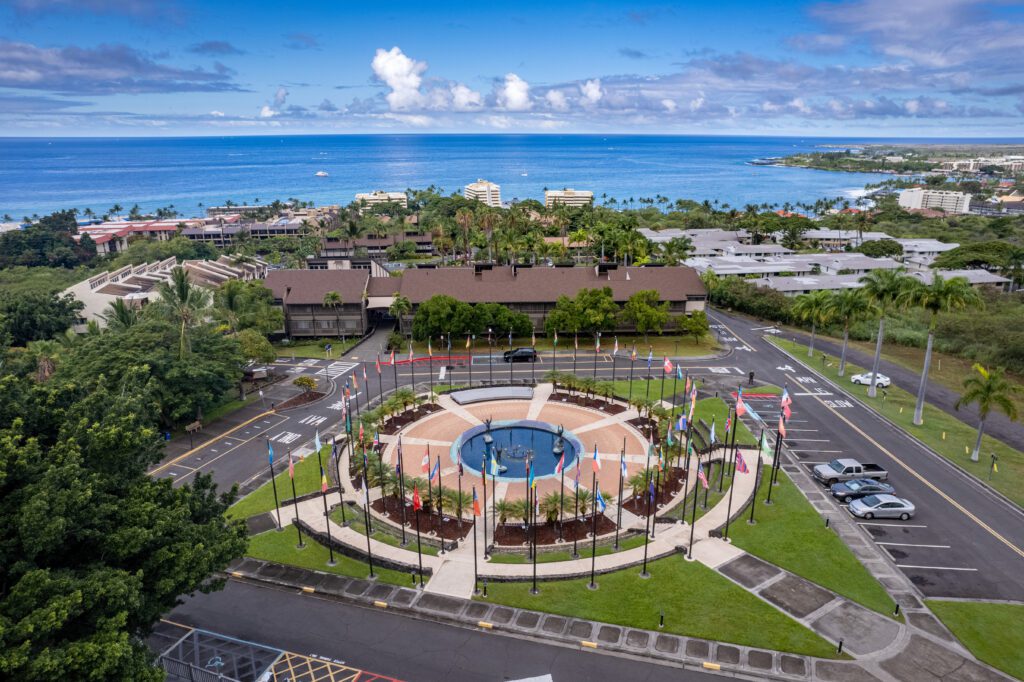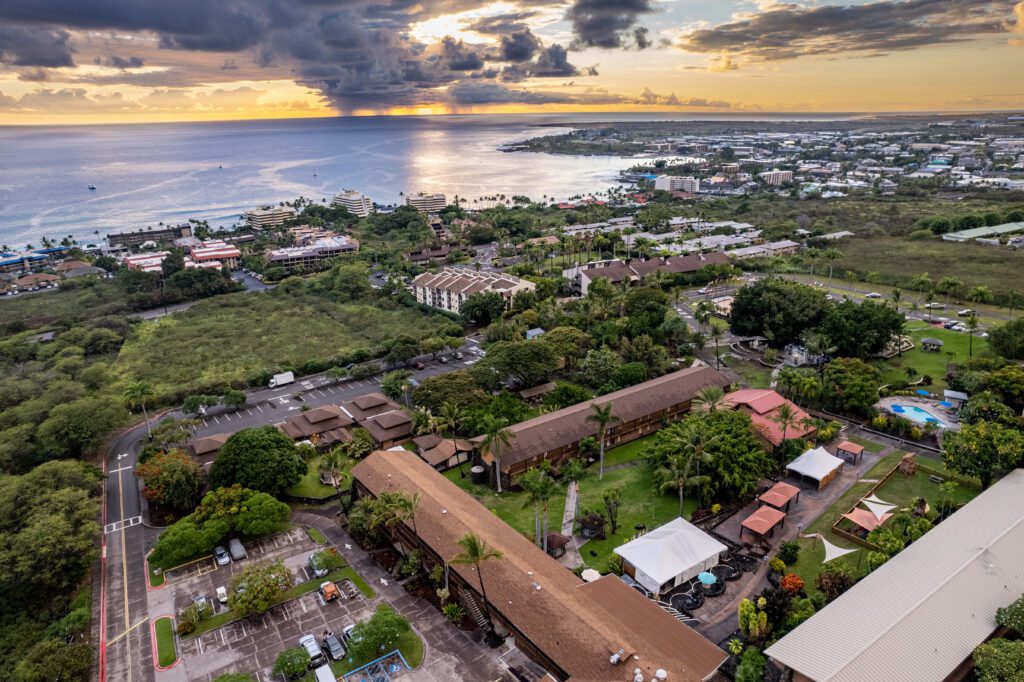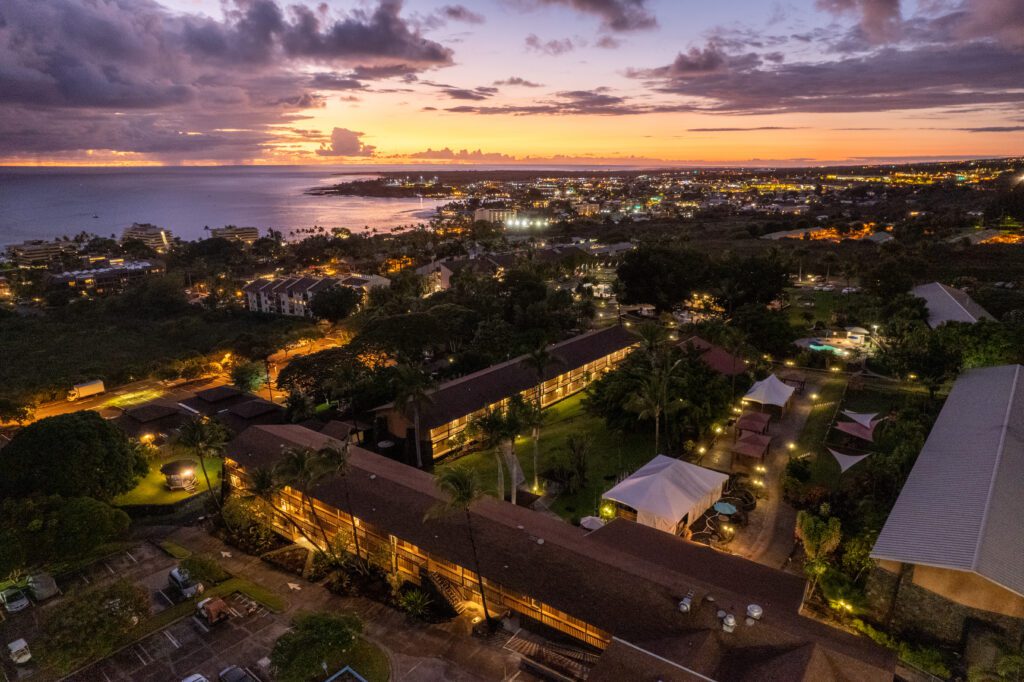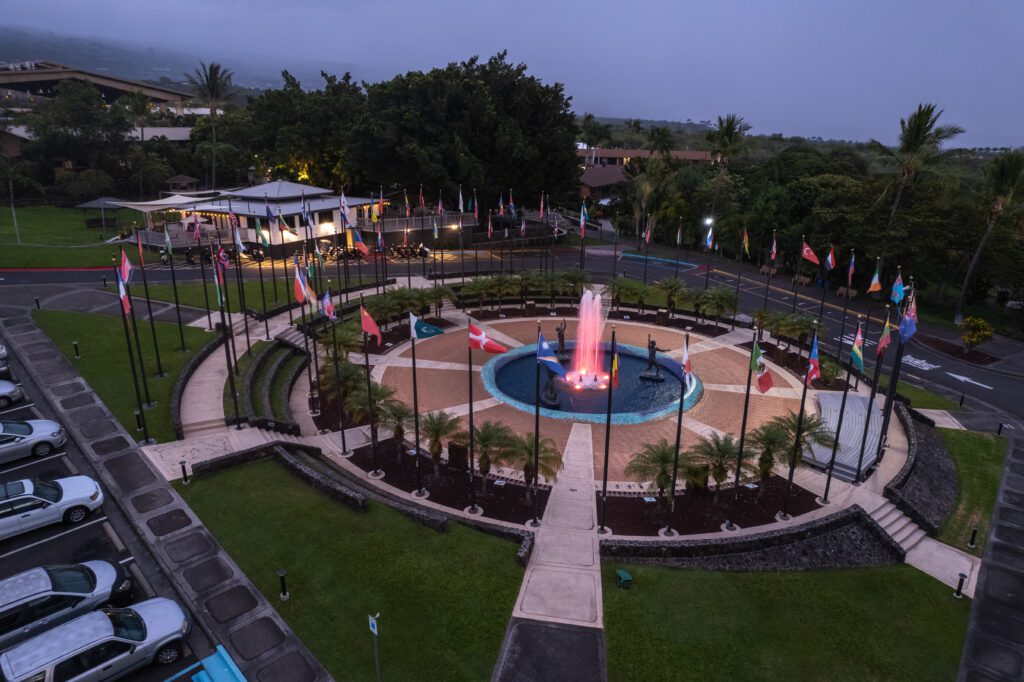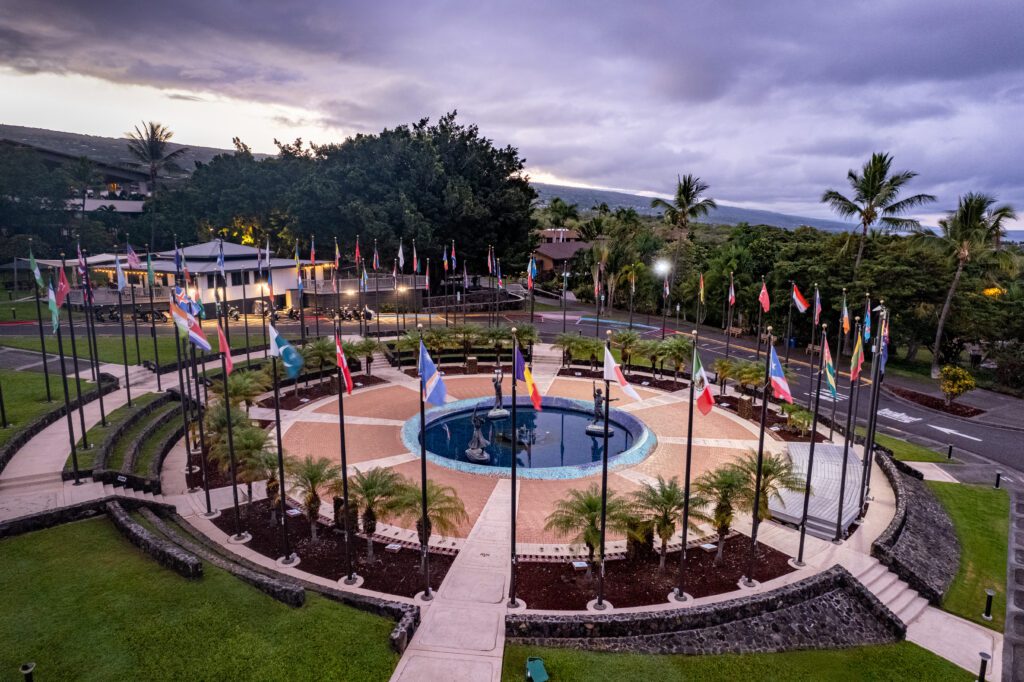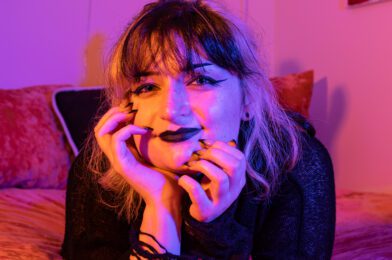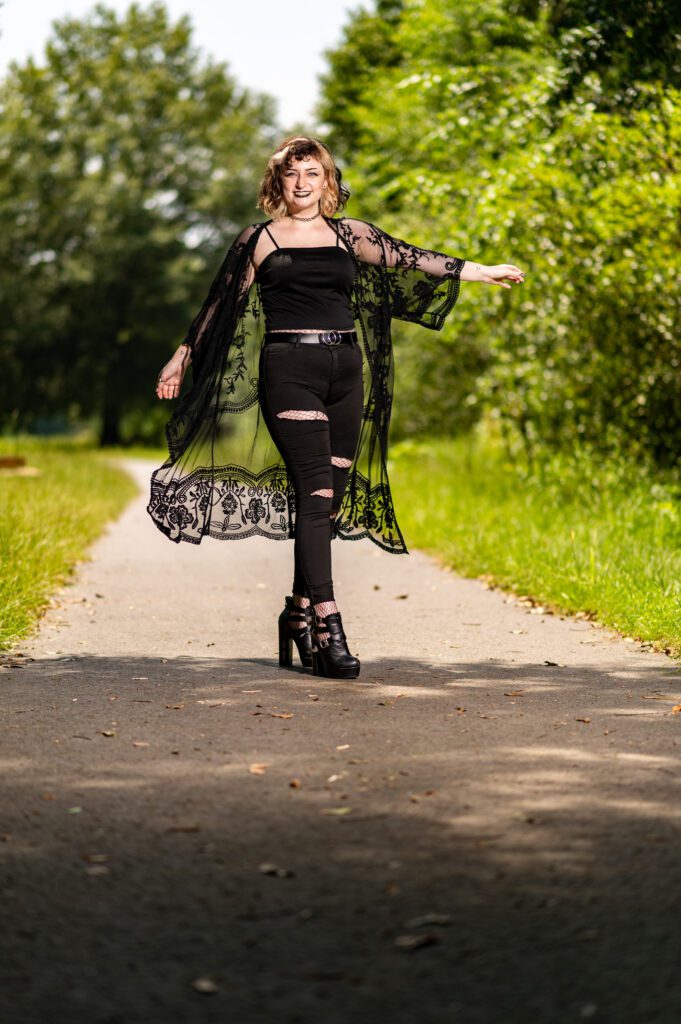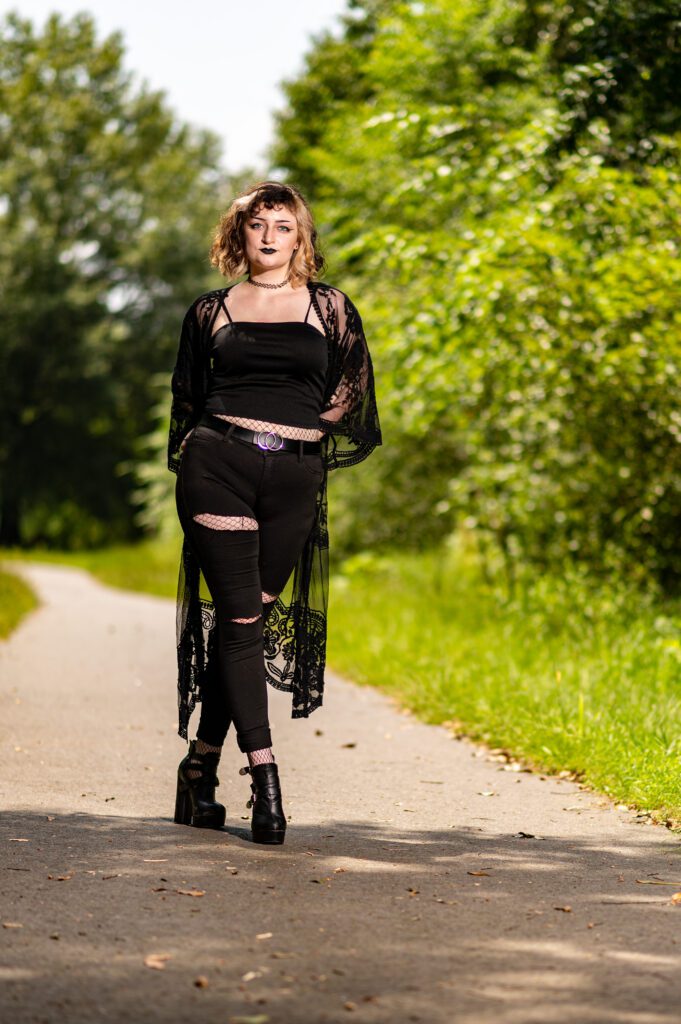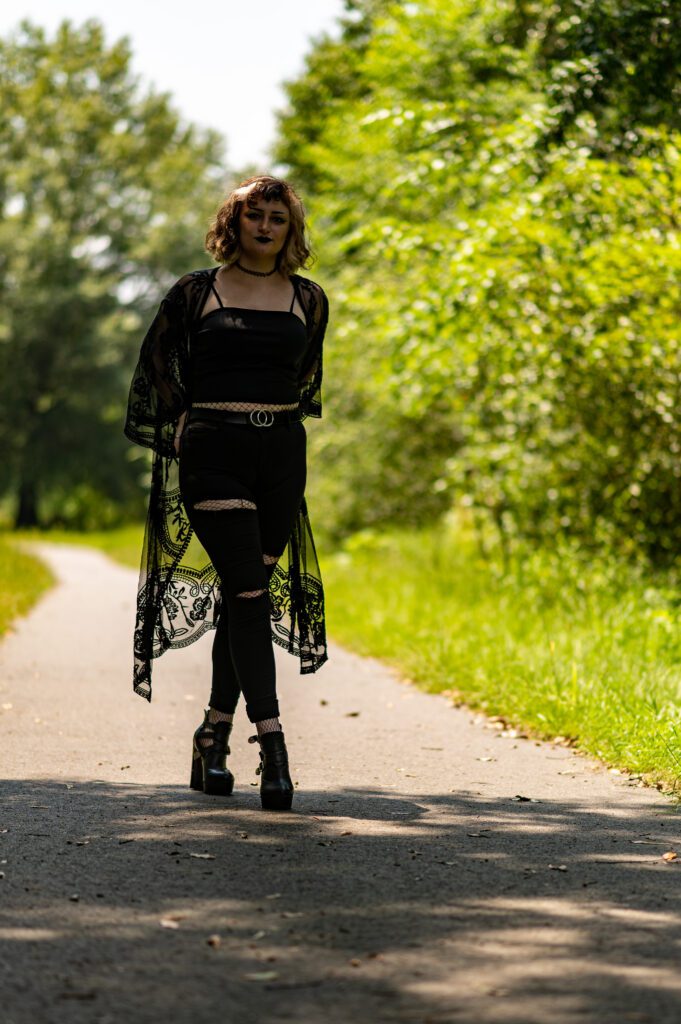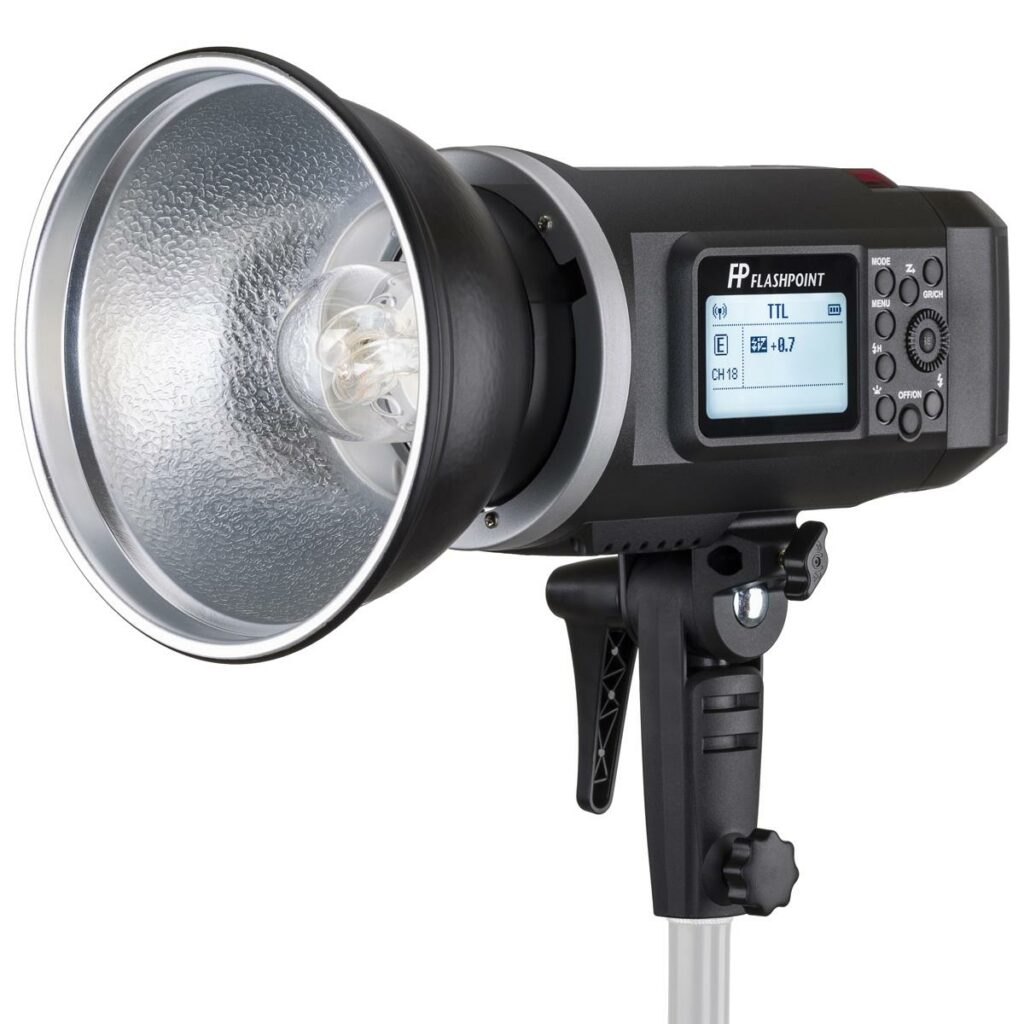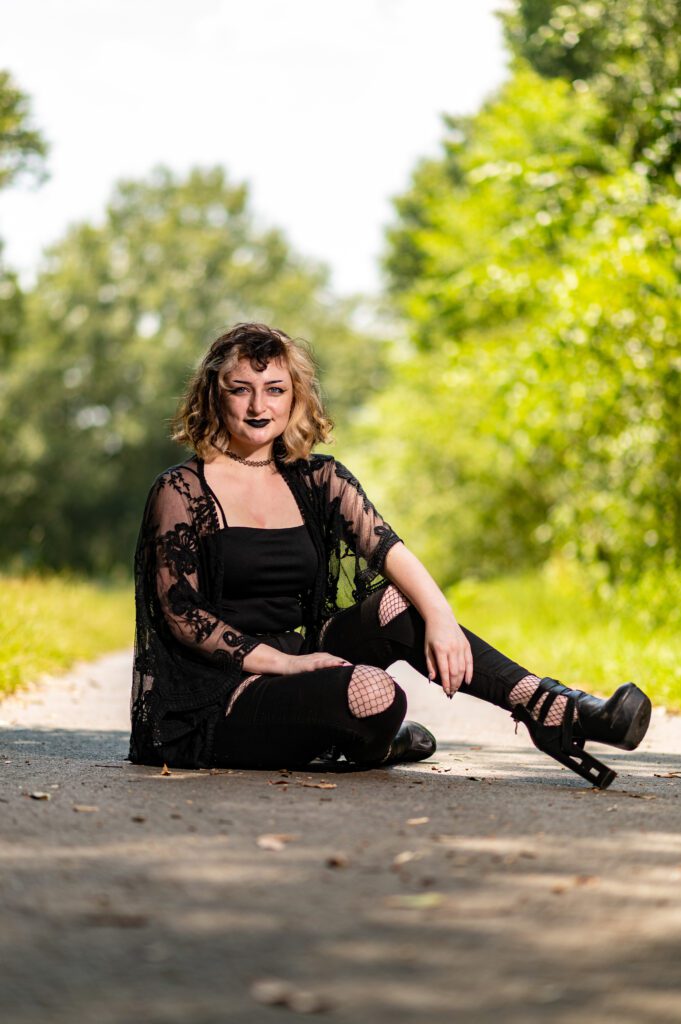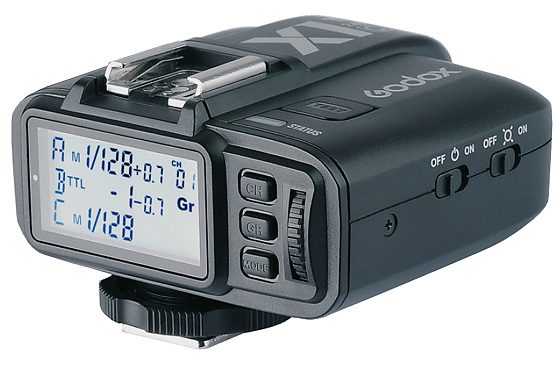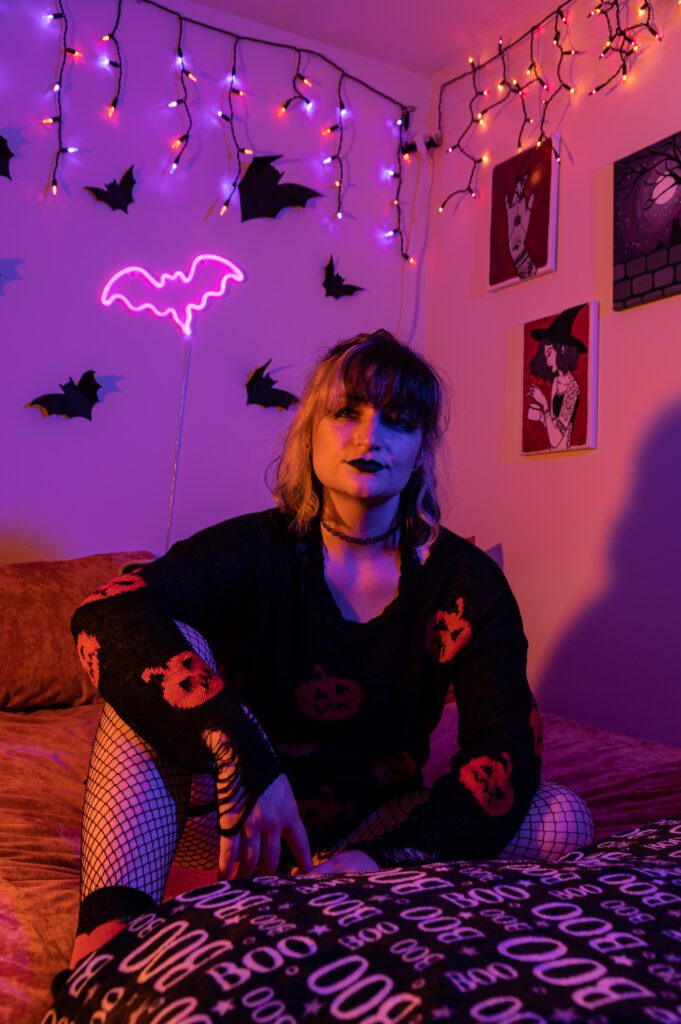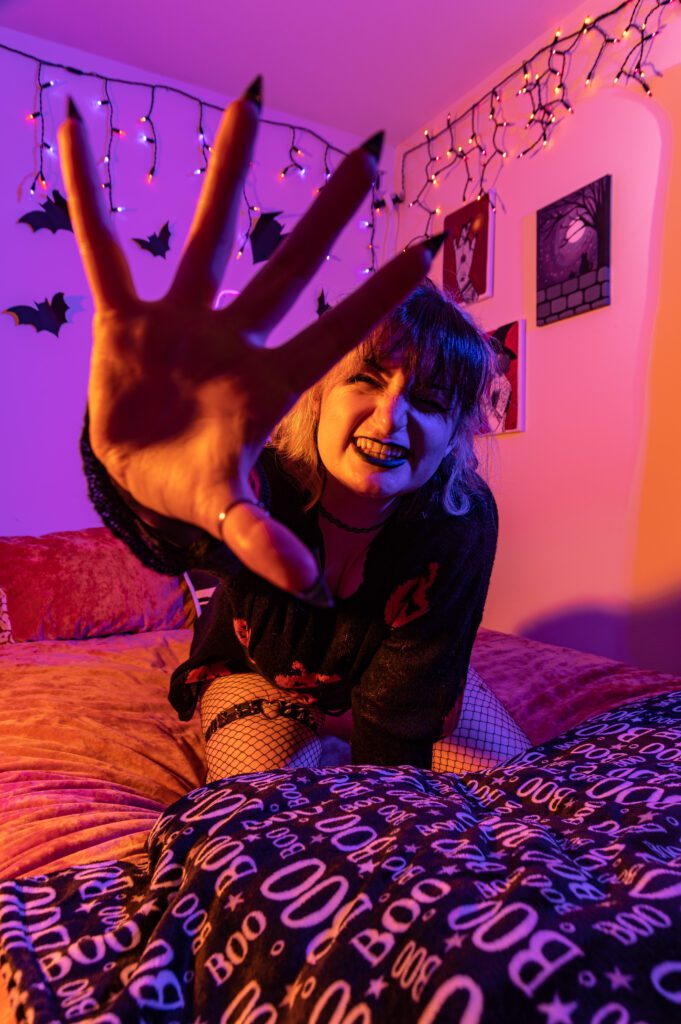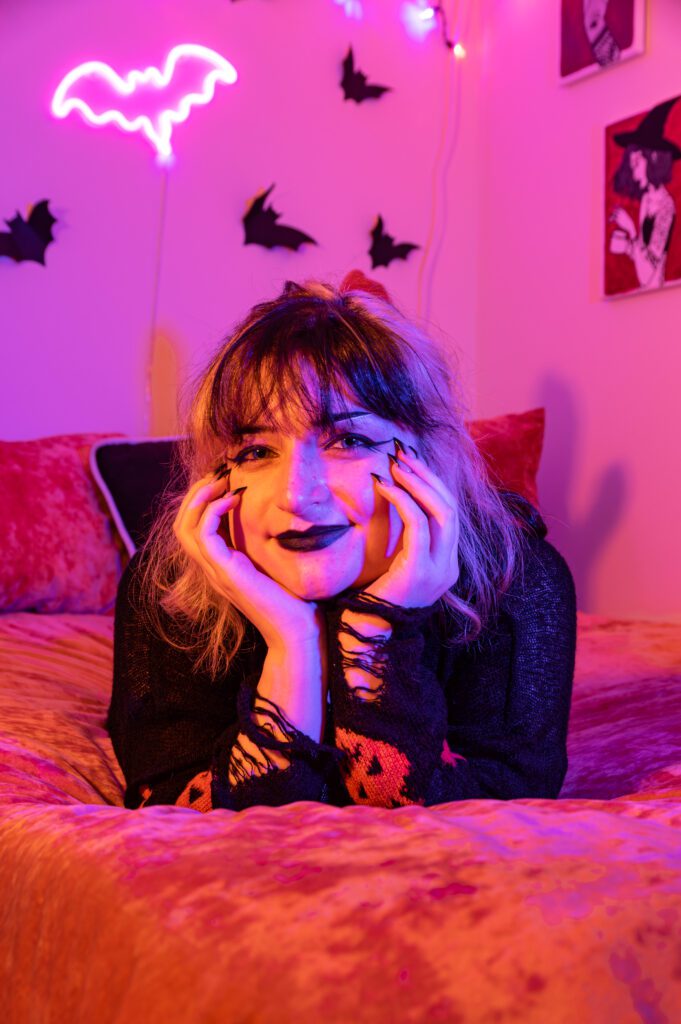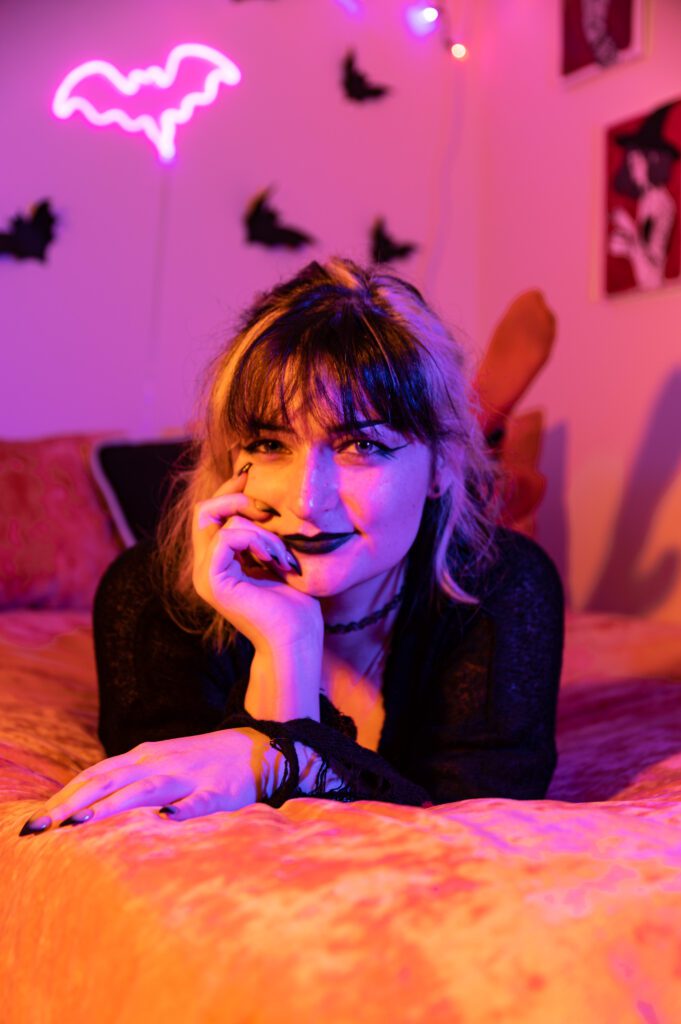Ashley Nicole Westbrook & Mark Loggins Wedding [NIKON Z 6, 24.0-105.0 mm f/4.0, Mode = Manual, ISO 1250, 1/50, ƒ/9, (35mm = 24), off camera flash with the Flashpoint XPlor 600 HSS TTL]
The best part of shooting weddings is helping make one of the most important days in one’s life memorable. I know that after the wedding day, very little is left for the bride and groom other than the images captured on their day.
One thing I love to do for all my brides gets the photos to them quickly. I usually have all the images delivered in 48 hours.
Now weddings are often about crisis management. Plans are made, and at the last minute, things are constantly changing.
The photographer needs to be the one helping solve those issues as they rise and not the one creating a crisis for the bride or groom.

This past year has had wedding planners and couples adjusting their plans. COVID-19 has had people have to be quarantined after coming in contact with someone who has COVID. Then people you planned to be part of the wedding must drop out.
I often find that the guys have fewer changes, are ready to go, and need little time for photos.

Hair and makeup take time with a bride. I love capturing those moments.
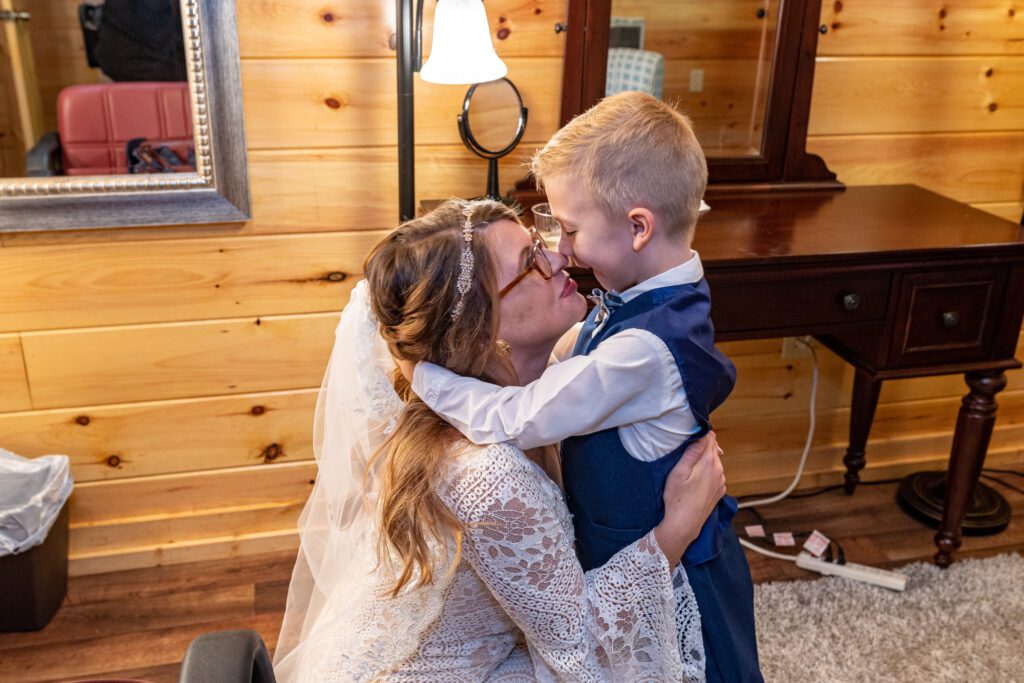
Camera & Lighting Changes
Because things change on the wedding day, you must be super flexible.
I am jumping from one location to the other as the Bride & Groom are getting ready. I am shooting inside and outside and moving from different inside areas to another inside location.
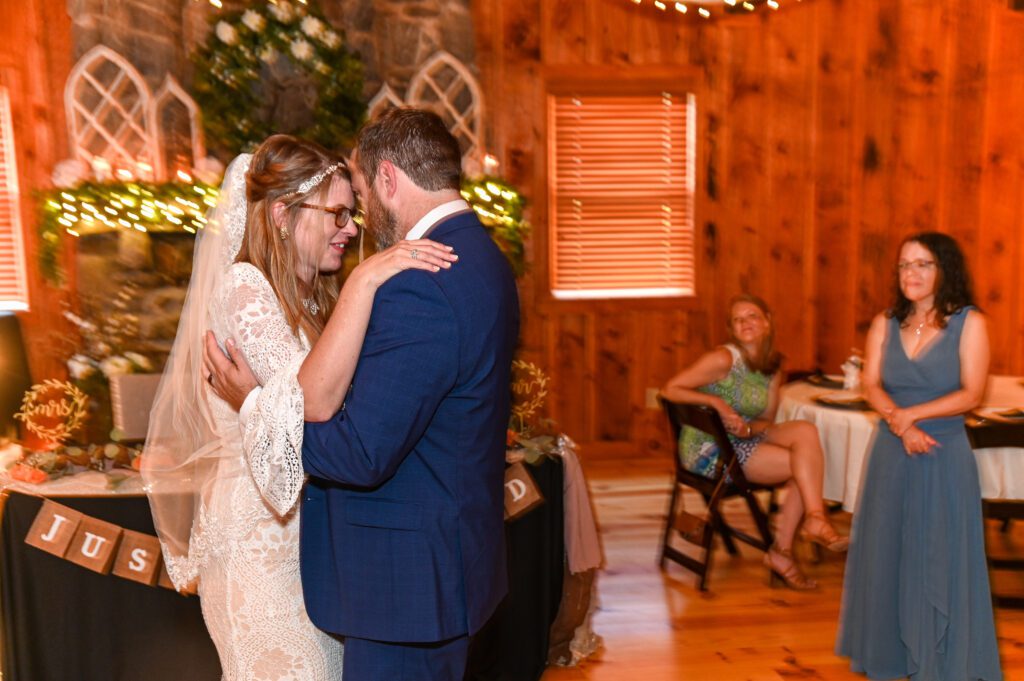
When the couple does their first dance, I change settings to create some motion blur to show movement. Then I have to adjust for other photos.

I am constantly looking for those “moments,” and they do not happen in the same place and with the same lighting.
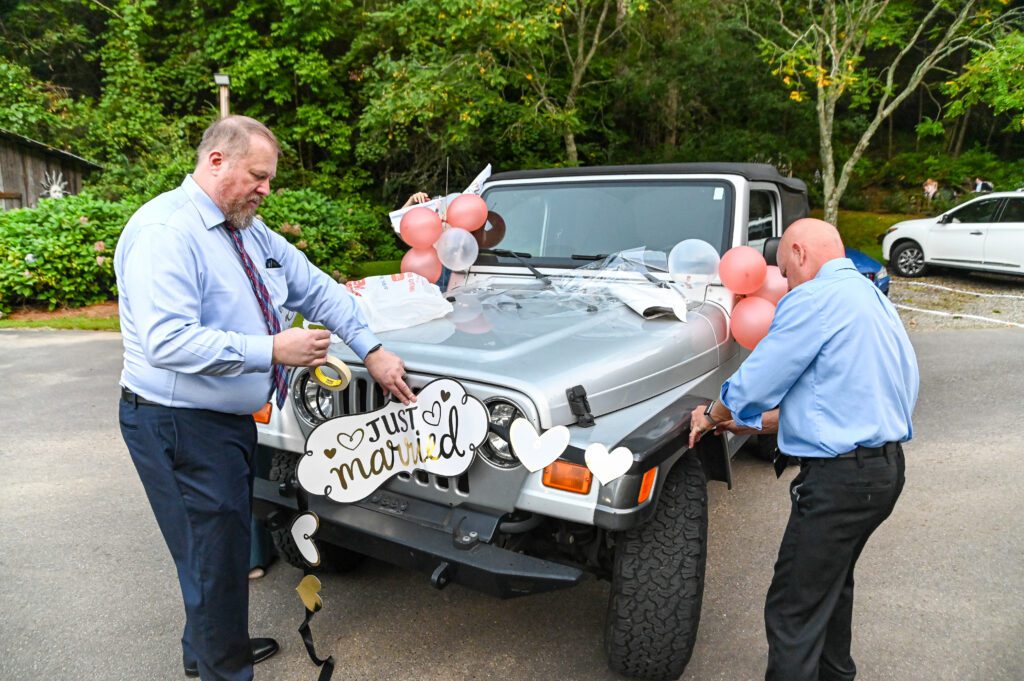
Some of the wedding party sneaks outside to decorate a car. Then back inside for dancing.

If you were to walk behind me, taking photos on your latest camera on your phone, many of the pictures would not come out. I am adding light.

While you can shoot many photos without a flash, I use it to help get better colors.

I use the Godox V860IIN on TTL with the Magmod Sphere on many photos where I cannot set up an off-camera flash. I usually have it pointing straight up.

Because I use flash a great deal to get better colors, I can turn my photos around a lot quicker than many wedding photographers.
Here are some ways Brides & Grooms can use the photos since they get these within 48 hours of the wedding.
Saying “Thank You”
While most couples dread handwriting 150 personalized notes, the deed must be done. And sooner rather than later—for gifts received after the wedding, you’re supposed to get thank-yous out within two months after you return from the honeymoon.
My couples can use their thank you cards’ photos from the wedding day.

Change Your Name
Once you’ve changed your social security card and driver’s license, everything else should be a piece of cake. Some places may only require a phone call. Make a list (post office, employers/payroll, voter registration office, alumni associations, and so on) and notify each organization. Change everything else!
Now for those changing their names, you may want to send cards to some people with your new name change, address, phone numbers, and email addresses.

While you have many things related to the wedding to use the photos for, you can use some of these for those holiday cards, like Christmas Cards.

Usually, during the holiday, many people send out Holiday cards and even include letters to catch up with their friends and family on what has happened the past year.
Because I am an FAA Part 107 certified drone pilot, I can take photos at weddings. Due to limitations on flying over people, I arrive early and try and get a few pictures of the venue.


Camera Crisis
While everything above is pretty normal regarding weddings, there are other things that I often deal with other than people getting ready.
My camera did not work as I usually anticipate it to in one situation. I finally reset the camera to factory settings and started over getting it so I could take some more photos.
This doesn’t happen when you are in between shootings. I had just finished shooting some photos inside and went outside. I was shooting the dress by itself and just started using my off-camera flash for the first time. The settings were not working the way I was expecting. They needed the dress for the bride to get dressed. It took me a good 5 minutes to temporarily solve the problem.
This is why brides and grooms would be best hiring seasoned pros and not having a relative with a camera shooting their first wedding to save money. After all, if someone screws up and you don’t have photos, you can’t easily reshoot everything.

